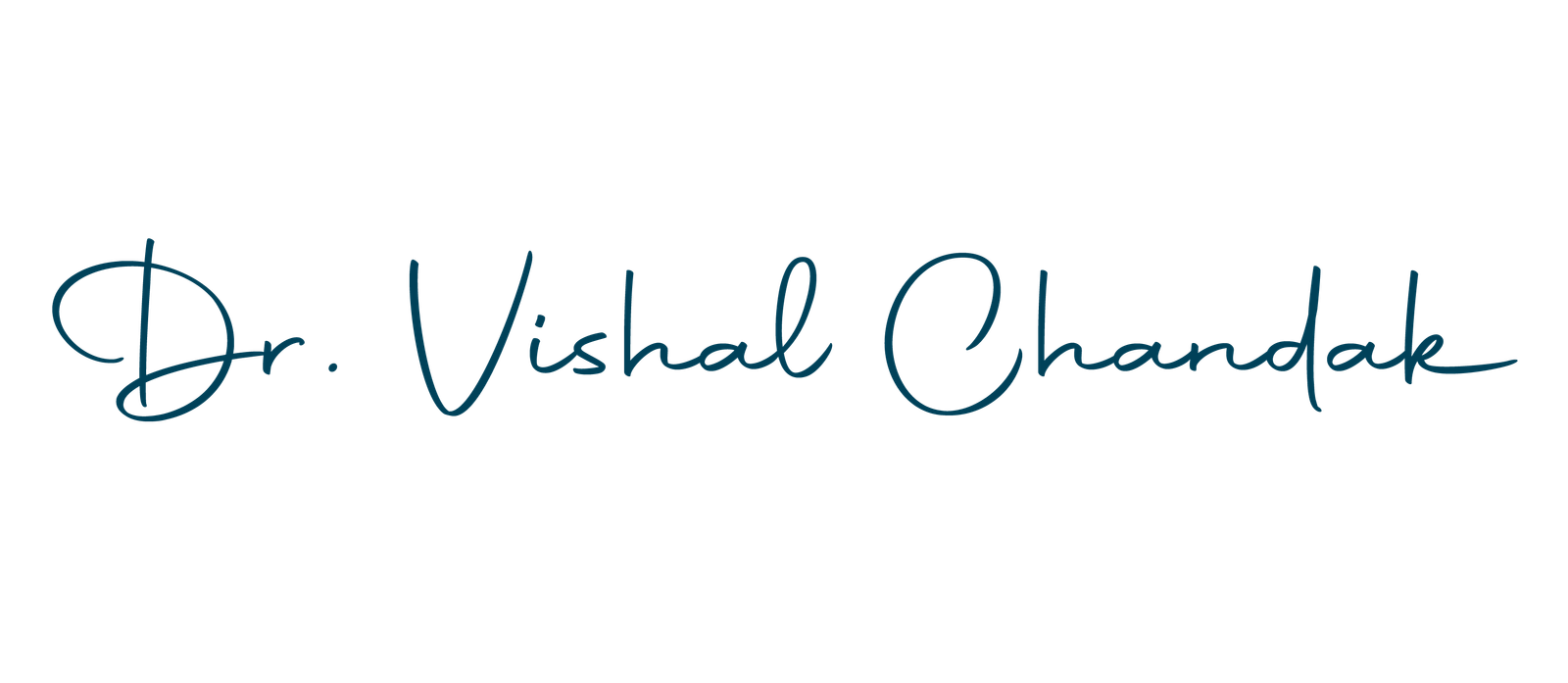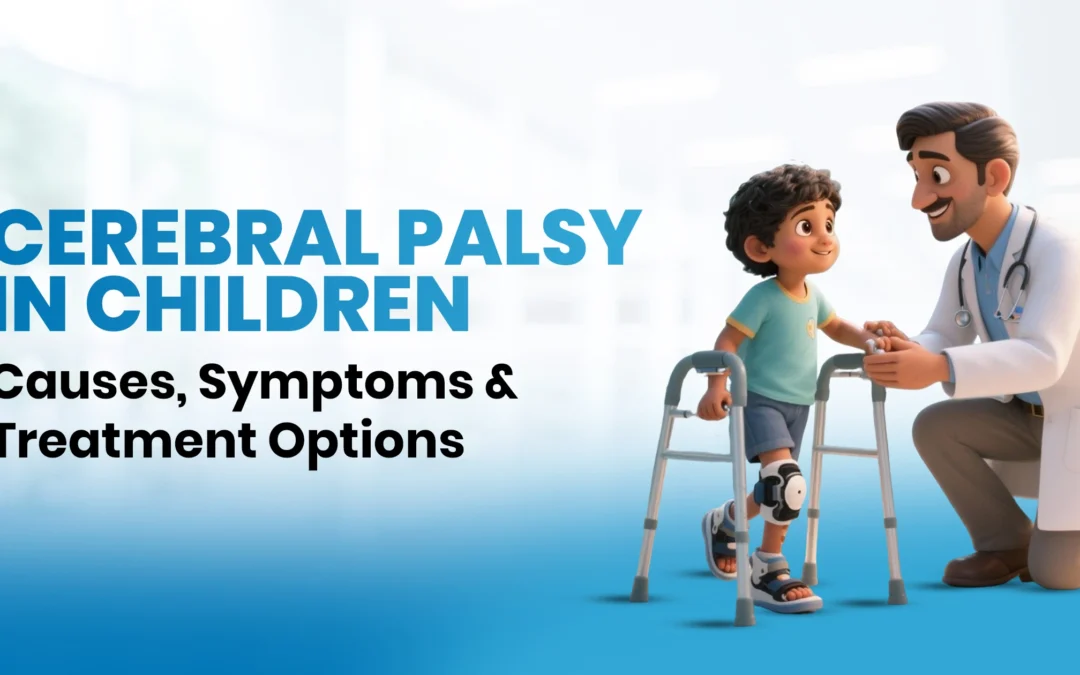Cerebral Palsy (CP) is a neurological condition that affects a child’s movement, muscle tone, and posture. It is the most common motor disability in childhood, affecting 2–3 children per 1,000 live births. Parents often feel anxious when they hear the diagnosis. This blog explains cerebral palsy in children, its causes, symptoms, and available treatment options.
1. What is Cerebral Palsy?
- Cerebral Palsy is a group of disorders that affect movement and coordination.
- It is caused by abnormal brain development or damage to the developing brain.
- CP is a lifelong condition, but with proper treatment, children can significantly improve their quality of life.
2. What Causes Cerebral Palsy?
- Pregnancy complications: infections, maternal health issues, or lack of oxygen.
- Birth complications: premature birth, low birth weight, or prolonged labor.
- Postnatal causes: brain infections (meningitis, encephalitis) or head injuries in early life.
3. What are the Early Symptoms Parents Should Notice?
- Delays in milestones (not rolling, sitting, or walking on time).
- Stiff or floppy muscles.
- Favoring one side of the body.
Difficulty in coordination or swallowing.
👉 Early diagnosis is crucial for better treatment outcomes.
4. Types of Cerebral Palsy
- Spastic CP – stiff muscles and awkward movements (most common).
- Dyskinetic CP – involuntary movements.
- Ataxic CP – poor coordination and balance.
- Mixed CP – combination of symptoms.
5. Can Cerebral Palsy be Cured?
- CP cannot be “cured,” but with the right interventions, symptoms can be managed effectively.
- Children can achieve independence and mobility with treatment and therapy.
6. Treatment Options for Cerebral Palsy in Children
✅ Therapies
- Physiotherapy: Improves strength, posture, and mobility.
- Occupational therapy: Helps in daily activities.
- Speech therapy: Assists children with communication or swallowing issues.
✅ Medical Treatments
- Medications to reduce spasticity and stiffness.
- Orthopedic interventions for bone/joint issues.
✅ Surgical Options
- Tendon release surgeries.
- Orthopedic corrective procedures for severe deformities.
7. What is the Role of a Pediatric Orthopedic Surgeon in CP?
- Managing bone deformities, hip dislocation, or scoliosis.
- Providing orthopedic surgeries to improve mobility.
- Working closely with therapists for comprehensive care.
8. What is the Long-Term Outlook?
- With early intervention, many children with CP can walk, study, and live independently.
- Ongoing therapy and follow-ups are essential for the best outcomes.
Conclusion
Cerebral Palsy is a lifelong condition, but with the right pediatric orthopedic care, therapies, and family support, children can achieve milestones and live fulfilling lives.
👉 For expert Cerebral Palsy treatment in Aurangabad, consult Dr. Vishal H. Chandak, a specialist in pediatric orthopedics and rehabilitation.

